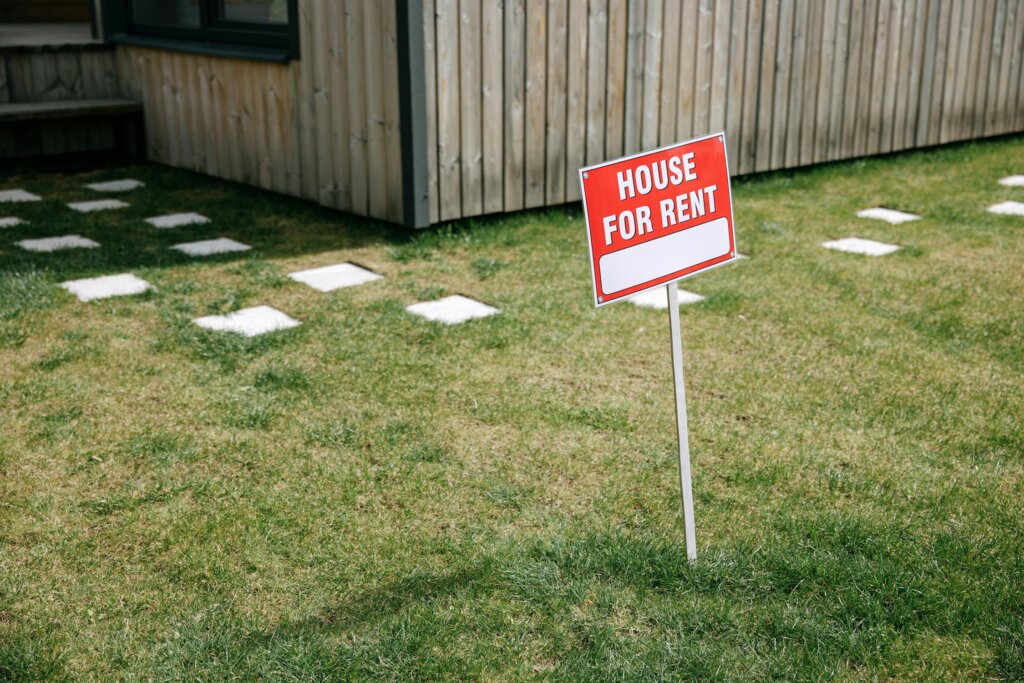
So, you’ve sold your property for cash. The deal is done, and the paperwork is signed. But have you ever wondered what happens next? After all, once the keys are handed over and the transaction is complete, the property enters a new chapter. It’s a behind-the-scenes process that many sellers don’t often think about, but it’s part of the broader real estate cycle.
In this blog, we’ll dive deeper at what happens to a property after it’s sold for cash. Whether it’s renovated and resold, held at a rental, or something else entirely, understanding what comes next can give you a better view into the broader real estate market and how cash sales fit into the bigger picture.
1. The Cash Buyer’s Plans: What’s the Motivation?
When you sell your home for cash, the buyer is typically an investor or a company looking to either flip the property, hold it as a rental, or in some cases, repurpose it for something entirely different. The first thing to know is that the motivation behind a cash offer can vary widely, and each type of buyer has different plans for the property. Here are a few common scenarios:
- Flipping for Profit: One of the most common uses for a cash-bought property is renovation and resale—also known as flipping. Investors typically purchase homes that need repairs or updates, make necessary improvements, and then sell the home for a profit. These renovations can range from minor updates like fresh paint and new flooring to full-blown remodels that transform the property.
- Rental Properties: Some cash buyers purchase homes with the intention of holding onto them as rental properties. With the growing demand for rental units in many cities, investors are often looking to buy homes that they can rent out for long-term income. In this case, the property will likely be cleaned up, possibly renovated, and then rented out to tenants.
- Repositioning or Repurposing: In some cases, cash buyers might purchase a property to repurpose it for something other than residential use. This could include turning it into a commercial space, subdividing the land for new construction, or even developing it into something entirely different, like a vacation rental or short-term Airbnb.
The type of buyer will determine the fate of the property, and often, these decisions are made with profit in mind. But for sellers, understanding this process can provide some clarity about how their property fits into the larger real estate cycle.
2. Renovation and Flipping: Turning into a Beautiful, Sellable Home
If your property is sold to an investor who plans to flip it, expect the property to undergo some serious changes. Flipping homes is all about taking a property with potential and transforming it into something more valuable. Here’s what typically happens during the renovation process:
- Inspection and Assessment: After purchasing the property, the buyer will likely send in a team of contractors or inspectors to assess the condition of the home. This may involve checking for structural issues, plumbing, electrical systems, and other essential components that may need attention. Depending on what they find, the scope of renovations may change.
- Renovation: Once they know what needs to be done, the buyer will begin the renovation process. This can include anything from repairing or replacing the roof to upgrading the kitchen and bathrooms. Flooring, windows, and landscaping may also be part of the renovation plan. The goal is to increase the home’s value to sell it for a profit. In many cases, investors focus on high-return areas like the kitchen and bathrooms, which have the most impact on a buyer’s perception of the property.
- Resale: Once the renovations are complete, the property is put back on the market, often at a much higher price than it was purchased for. This process—buying a property, renovating it, and reselling it for a profit—is known as house flipping. The timeline for this process can vary, but many flips are completed within a few months.
For sellers, this can be an interesting cycle to observe. You may have sold your home to someone who saw its potential and decided to bring it back to life—potentially even transforming it into something that appeals to a whole new set of buyers.
3. Hold and Rent: A Long-Term Investment
Not all cash buyers are interested in flipping a property. Some are more focused on the long-term income potential that comes with owning rental properties. If your home was bought by an investor to rent out, here’s what likely happens next:
- Repairs and Maintenance: Even if the property doesn’t require a full renovation, the new owner will still need to ensure the home is in good condition for tenants. This might involve minor repairs, cleaning, or painting. It’s also possible that the investor will update appliances, fix plumbing issues, or address any maintenance concerns before renting the property out.
- Finding Tenants: Once the property is ready, the new owner will begin the process of finding tenants. This includes advertising the property, showing it to prospective renters, and conducting background checks. Depending on the location and the property, this can take anywhere from a few weeks to a few months.
- Long-Term Income: The investor’s goal here is to generate rental income over time. They may hold onto the property for years, steadily collecting rent payments while building equity. This type of investment is more about long-term gains than quick flips.
For sellers, the property’s new life as a rental means that someone else will be living in and maintaining the home. While it may not get the flashy renovations of a flip, it still plays an important role in providing housing in the community.
While you might not see exactly what happens to your property after the sale, knowing that it’s likely to be renovated, rented, or repurposed for future use can give you peace of mind about your decision. Cash sales offer a quick and straightforward way to sell, and once the deal is done, your home continues to contribute to the real estate market—whether it’s being flipped for a new family or generating rental income for years down the line.
In conclusion, once a cash sale is complete, your property enters a new phase, whether that’s a flip, a rental, or even a total repurposing. While the fate of the property might look different depending on the buyer’s plans, it’s all part of the real estate cycle. As a seller, understanding this process can offer some insight into the broader market and how your home fits into the bigger picture—helping you feel good about your decision and confident in the value you’ve received from the sale.
